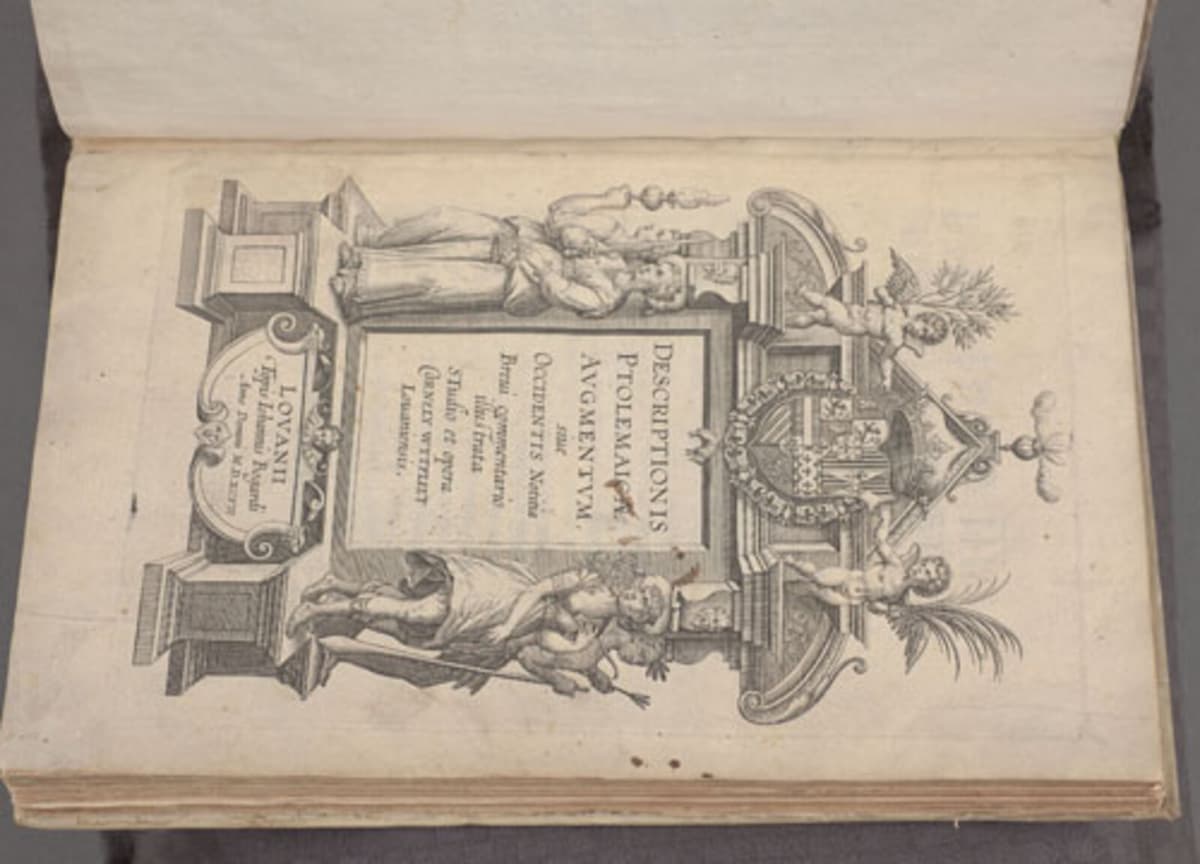Arsenic, lead and mercury were used in the printing of books with mainly green covers in the 19th century. The problem has been highlighted by university libraries worldwide and inventories are being carried out in the project The Poison Book (the poisonous book). The books can pose a health risk even today.
It is a problem that will not disappear. Rather, poisonous books will become more harmful as they become older and fall apart, says Jessica Burge, deputy head of libraries and museums at St Andrews University in the United Kingdom to BBC.
Last year, France's national library removed four "poisonous" books and in northern Germany, an inventory of all books from the mid-19th century is underway. But potentially hazardous books also exist on Swedish libraries. At Umeå University Library, arsenic was found in 74 percent of 420 books with green pigment, a study shows. Even some books without green pigment had a measurable arsenic value.
The new instrument is a further development of a spectrometer, which is used to find minerals in rocks. The new prototype also works on colored pigments but is smaller and cheaper than a full-scale spectrometer. By identifying the books with poisons, those who want to read them can protect themselves with gloves and other protective equipment.





